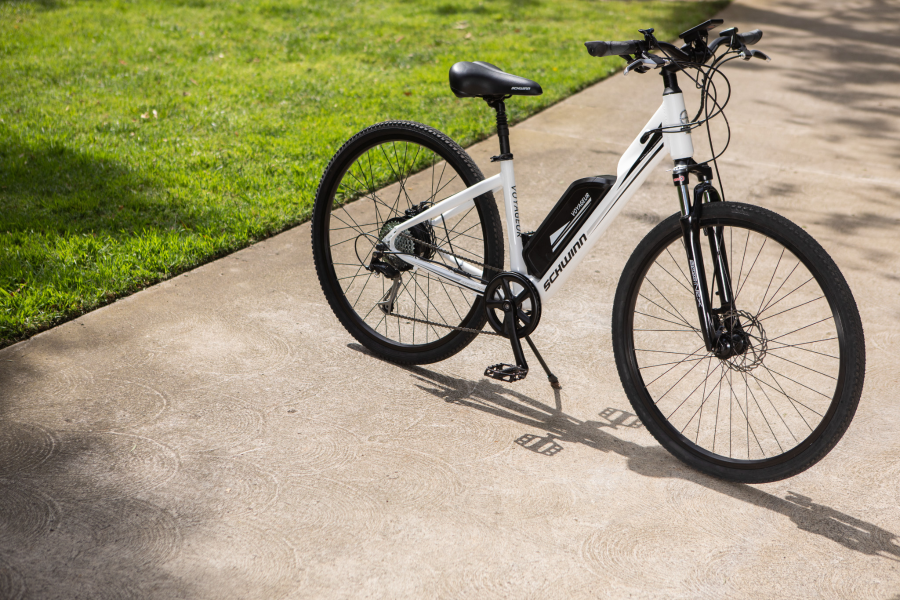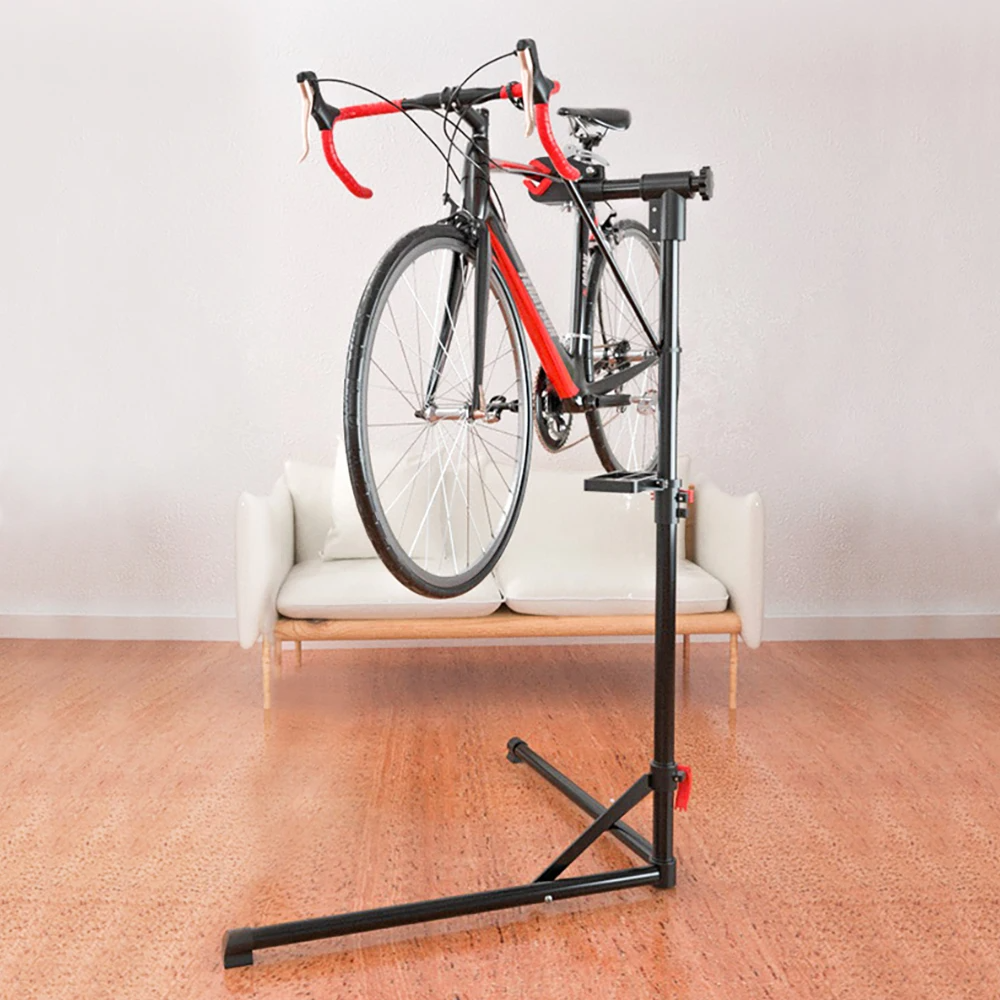Introduction
Regular maintenance is essential for keeping your road bike in optimal condition. By performing routine checks and taking proactive measures, you can enhance your bike’s performance, extend its lifespan, and ensure your safety while riding. In this article, we will explore the importance of road bike maintenance, discuss key areas that require attention, and provide practical tips to keep your bike in top shape.
The Importance of Road Bike Maintenance
Regular maintenance plays a crucial role in preserving the performance and longevity of your road bike. By investing time and effort into taking care of your bike, you can enjoy a smoother and safer ride. Here are a few reasons why road bike maintenance is essential:
- Safety: A well-maintained bike reduces the risk of accidents and injuries. Regularly checking brakes, tires, and chain ensures they are functioning properly and minimizes the chances of unexpected mechanical failures while riding.
- Performance: A properly maintained bike performs at its best. Regular cleaning and lubrication of the drivetrain, along with adjustment of gears and brakes, will optimize your bike’s functionality and enhance your riding experience.
- Cost-Effectiveness: Preventative maintenance can save you money in the long run. By addressing issues early on, you can avoid major repairs or the need to replace components altogether. Regular maintenance also prolongs the lifespan of your bike, reducing the need for frequent replacements.
Key Areas of Road Bike Maintenance
To ensure your road bike remains in top shape, pay close attention to the following areas:
- Cleaning and Lubrication: Regularly clean your bike to remove dirt, grime, and debris. This not only keeps your bike looking good but also prevents premature wear and tear. After cleaning, apply lubricant to the chain, derailleurs, and other moving parts to reduce friction and protect against corrosion.
- Tire Maintenance: Inspect tires regularly for wear, cuts, or embedded objects. Keep them properly inflated to the recommended pressure for optimal performance and to reduce the risk of flats. Additionally, check the tire tread for signs of excessive wear and replace them when necessary.
- Brake System: Maintaining reliable brakes is crucial for your safety. Check brake pads regularly, ensuring they have sufficient pad material and are properly aligned. Adjust the brakes as needed for optimal stopping power. Remember to check and replace brake cables if they show signs of fraying or weakness.
Tips for Effective Road Bike Maintenance
To help you maintain your road bike effectively, here are some additional tips:
- Keep Your Bike Stored Properly: When not in use, store your bike in a dry and secure location. Avoid leaving it exposed to extreme temperatures, sunlight, or moisture, as these can damage the components. Consider investing in a bike cover or storing it indoors to protect it from the elements.
- Regularly Check and Maintain Your Suspension (if applicable): If your road bike has suspension, it is crucial to regularly inspect and maintain it. Check the suspension fork or rear shock for any signs of damage or leaks. Follow the manufacturer’s guidelines for lubrication and servicing intervals. Keeping your suspension in good condition ensures a smoother and more comfortable ride.
- Maintain Proper Tire Pressure: Check your tire pressure before every ride using a reliable pressure gauge. Properly inflated tires provide better traction, handling, and overall performance. Refer to the tire manufacturer’s recommended pressure range and adjust accordingly. Remember that tire pressure can decrease over time, so it’s essential to check it regularly.
- Inspect and Tighten Bolts: Periodically inspect all bolts on your bike, including those securing handlebars, stem, seatpost, and pedals. Ensure they are tightened to the appropriate torque specifications. Loose bolts can lead to component damage or, worse, accidents while riding. Use a torque wrench to ensure proper tightening.
- Check and Replace Cables and Housing: Over time, brake and gear cables can stretch, fray, or become worn. Inspect them regularly, particularly where they enter or exit cable housing. Replace cables or housing if you notice any signs of damage or if shifting or braking performance is compromised. Properly functioning cables ensure precise shifting and reliable braking.

- Pay Attention to Bottom Bracket and Headset: The bottom bracket (where the crankset attaches to the frame) and the headset (the assembly that allows the fork to rotate) are critical components that require regular maintenance. Ensure they remain properly adjusted and smooth by cleaning, lubricating, and inspecting them periodically. If you notice any abnormal noises or feel excessive play, servicing or replacement may be necessary.
- Clean and Inspect Brake Pads: Regularly clean brake pads to remove dirt, debris, and residue. Inspect them for wear and replace when the pad material is worn past the recommended thickness. Worn brake pads can compromise braking performance and increase stopping distances, posing a safety risk while riding.
- Protect Your Frame: Your bike’s frame is its foundation, so it’s crucial to protect it from scratches and dings. Apply a protective film or clear tape to areas prone to rubbing or contact, such as the chainstay or downtube. Regularly inspect the frame for cracks or damage that may compromise its structural integrity.
- Stay Mindful of Maintenance Intervals: Follow the maintenance intervals recommended by the manufacturer. These include tasks like replacing chain and cassette, servicing bearings, and checking suspension components. Adhering to these intervals ensures your bike operates at its best and helps prevent premature wear or potential failures.
- Educate Yourself: Continually learn and educate yourself on bike maintenance. There are numerous online resources, tutorials, and workshops available to help you expand your knowledge and skillset. The more you understand about your bike, the better equipped you’ll be to maintain it effectively.

Remember, regular maintenance is key to keeping your road bike in peak condition. By implementing these tips and establishing a routine maintenance schedule, you can enjoy a smoother, safer, and more enjoyable ride.
Conclusion
Regular road bike maintenance is crucial for safety, performance, and cost-effectiveness. By paying attention to key areas such as cleaning, lubrication, tire maintenance, and brakes, you can ensure your bike stays in top shape. Implementing a regular maintenance routine, performing inspections, and seeking professional help when needed will keep your road bike running smoothly and extend its lifespan. Remember, a well-maintained bike enhances your riding experience and ensures your safety on the road.



